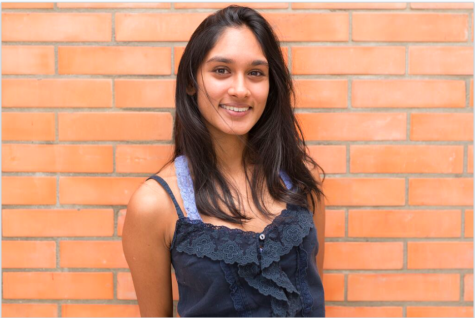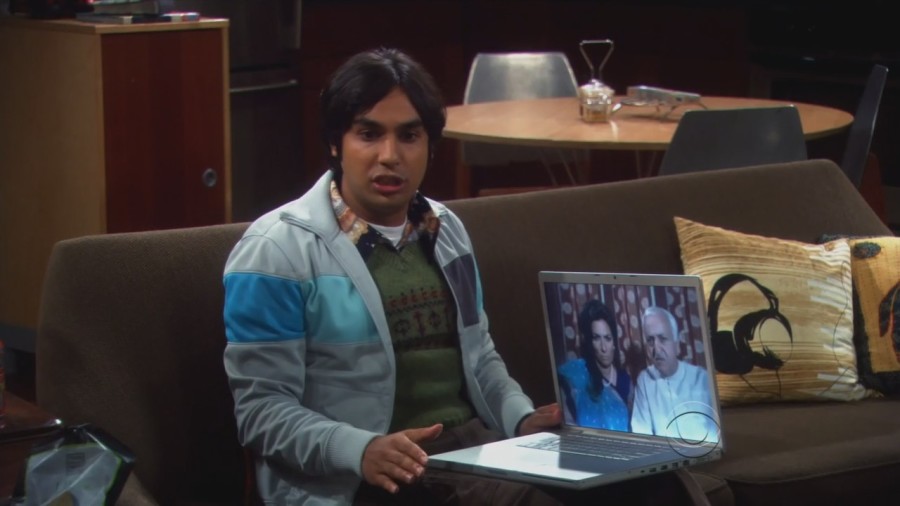Dolls and Diversity
My mother told me I hated dolls as a kid. Not even blonde barbies or even those barely human Bratz tickled my fancy. Looking back, I have no clue where my specific dislike for them sprouted, whether it was innate or something that grew as I become more conscious of what dolls represented. Where this dislike comes from is irrelevant now, as what dolls stand for has remained the same over the years.
However, there was one doll I loved: the Princess of India Barbie Doll. I do not remember playing with this doll, but judging its current state as it stands upright on my younger sister’s dresser, took a little bit of a toll in the early 2000s. I also remember liking another doll my aunt had given me on one of my birthdays. A fairly obscure yet distinct Barbie, the doll looked like me. I noticed this as a kid and decided to name the doll Maria. Both dolls mirrored what I envisioned as beauty and perfection. Yet, these dolls were never marketed as the modern dolls who would run for president or attend veterinary school. These dolls represented their cultures and nothing more, while blonde Barbie switched careers faster than the blink of an eye.
Recently, Mattel announced that it would make a doll for the singer and actress, Zendaya. This doll would monumentalized her outfit at last year’s Oscar’s after the intense media scrutiny over her choice of hair. While this doll is not available to the public, to many, it represents a key step forward in the notion of “The United States of Diversity.”
While it may celebrate cultural identity, the doll was not made for that purpose. It represents a person with an ethnic background, not the ethnicity itself. The doll was finally labelled as such, instead of smacking the name of the minority behind it. What Mattel has finally realized with this doll is the notion that Barbie, despite her signature unrealistic look, is not representative of women. To reconcile this, Mattel ran a “Dolls of the World” campaign where Barbie paraded around different cultures. The only question I ask is why wasn’t this part of the brand before? Why is it that Mattel needed to label its diversity, instead of incorporating it as a part of the norm?
To me, this is representative of a trend in Western media, commonly referred to as the Token Minority, which sees a person of color play into stereotypical tropes and lack the depth and breadth expected of a normal actor. Indian Barbie had one purpose: to embody her culture and she fulfilled that purpose beautifully. Yet, I have never seen a Barbie that looks like me and has one of those insane professions: this the gap in minority representation in the media now. There are characters on screen that represent what the world looks like, but not the intricacy of individuals.
The illusion of diversity isn’t enough. It’s about time that there is a cut from using diversity for the publicity points. Characters should have dimension. This past month, ABC released Quantico, starring the Bollywood actress Priyanka Chopra, who said in an interview that her “basis with ABC was that I want to do an ethnically ambiguous part, and that’s the only way I would do it. (…) I had clearly told them that if you want to treat me like an actress and not a ‘Bollywood’ jewel, where am supposed to dance and do those things, then I am fine.”
Western media treats people of color as a category and not as individuals with a story. It’s rare when a movie description reads, “An FBI agent with a mission” when speaking about a person of color. Most times it will delineate that FBI agent’s ethnicity if they are anything other than Caucasian. These on-screen characters should encompass the same complexity that comes with their ethnicity, but ethnicity should not be their only asset. The FBI agent should also possess a diversity of individual interests, values and goals. Characters like Barbie should appear in stores as fifty different shades, each one with their own backstory to personify, yet this hasn’t appeared without playing into tropes.
In the meant, I’m just sitting here, waiting for a lawyer, veterinarian, or lifeguard Barbie who will mirror my appearance.
Sources: buzzfeed.com, dailymail.co.uk, dnaindia.com

On her third year on the Talon, Faria is serving as co-EIC with Michael Borger (God, help us all). As a senior, Faria discovered the key to success–and...











